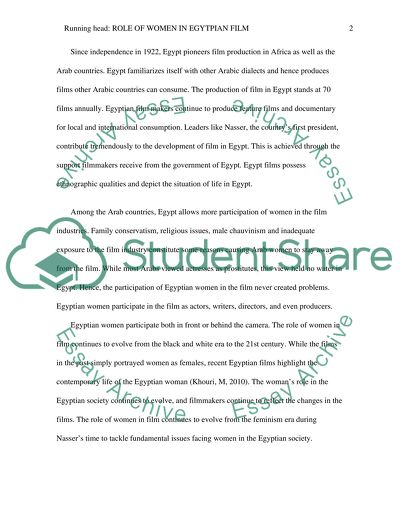Cite this document
(“How did the role of woman changed in the Egyptian movies today Research Paper”, n.d.)
Retrieved from https://studentshare.org/visual-arts-film-studies/1477441-how-did-the-role-of-woman-changed-in-the-egyptian
Retrieved from https://studentshare.org/visual-arts-film-studies/1477441-how-did-the-role-of-woman-changed-in-the-egyptian
(How Did the Role of Woman Changed in the Egyptian Movies Today Research Paper)
https://studentshare.org/visual-arts-film-studies/1477441-how-did-the-role-of-woman-changed-in-the-egyptian.
https://studentshare.org/visual-arts-film-studies/1477441-how-did-the-role-of-woman-changed-in-the-egyptian.
“How Did the Role of Woman Changed in the Egyptian Movies Today Research Paper”, n.d. https://studentshare.org/visual-arts-film-studies/1477441-how-did-the-role-of-woman-changed-in-the-egyptian.


